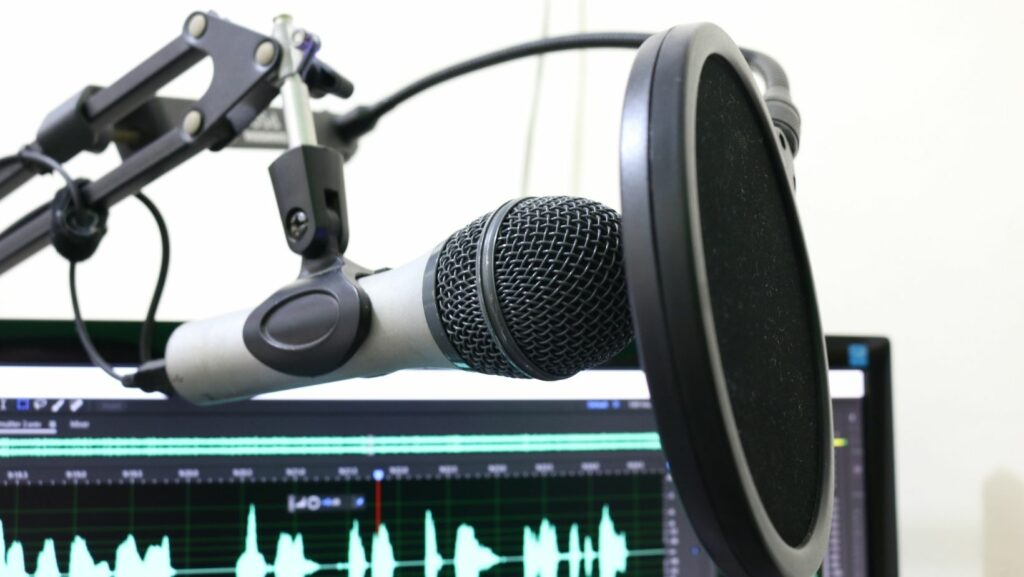 In the ever-growing world of digital content, podcasts have carved out a unique space, captivating audiences with their diverse topics and engaging storytelling. Whether they’re seasoned hosts or just starting out, aspiring podcasters know the importance of delivering high-quality audio content that keeps listeners coming back for more. But what separates a good podcast from a great one often boils down to the recording process itself. Crafting a polished podcast involves more than just hitting the record button. From choosing the right equipment to creating the perfect recording environment, each step plays a crucial role in producing a professional-sounding episode. By understanding and implementing key recording tips, podcasters can elevate their shows, ensuring clarity and engagement that resonates with their audience.
In the ever-growing world of digital content, podcasts have carved out a unique space, captivating audiences with their diverse topics and engaging storytelling. Whether they’re seasoned hosts or just starting out, aspiring podcasters know the importance of delivering high-quality audio content that keeps listeners coming back for more. But what separates a good podcast from a great one often boils down to the recording process itself. Crafting a polished podcast involves more than just hitting the record button. From choosing the right equipment to creating the perfect recording environment, each step plays a crucial role in producing a professional-sounding episode. By understanding and implementing key recording tips, podcasters can elevate their shows, ensuring clarity and engagement that resonates with their audience.
Podcast Recording Tips
 Optimizing podcast audio quality involves choosing the right tools and techniques. Key components of a successful setup include selecting reliable microphones, using quality headphones, and utilizing efficient recording software.
Optimizing podcast audio quality involves choosing the right tools and techniques. Key components of a successful setup include selecting reliable microphones, using quality headphones, and utilizing efficient recording software.
Microphones
Selecting the right microphone is crucial for capturing clear and crisp audio. Dynamic microphones, for instance, work well in untreated spaces by rejecting background noise. Condenser microphones, though highly sensitive, offer detailed sound ideal for treated environments. Brands like Shure and Audio-Technica offer reputable options for podcasters.
Headphones
Using quality headphones allows podcasters to monitor audio in real-time and catch issues early. Closed-back headphones provide better sound isolation, minimizing external noise interference. Models like Sony MDR-7506 and Audio-Technica ATH-M50X are popular among professionals due to their accuracy and comfort.
Recording Software
Efficiency in editing and recording is achieved with the right software. Audacity, a free option, offers basic features suitable for beginners. More advanced users may prefer software like Adobe Audition or Logic Pro, which provide extensive editing tools and effects to refine audio quality.
Setting Up Your Recording Space
Creating an optimal recording space is crucial for producing clear and professional-sounding podcasts. Thoughtful setup transforms any area into an efficient podcasting environment.
Soundproofing Techniques
Soundproofing minimizes external noise and enhances audio quality. Foam panels absorb ambient sounds, reducing echoes. A thick rug or carpet limits floor noise. Draft excluders block sound from under doors. Heavy curtains dampen window noise, contributing to a more controlled recording space.
Ideal Room Acoustics
Proper room acoustics are essential for clarity. Choose a small room with minimal echo for improved sound quality. Soft furnishings like sofas and padded chairs help absorb sound, while bookshelves act as makeshift diffusers. Consider using portable isolation booths or screen partitions to refine the sound environment further.
Tips for High-Quality Audio Recording
Achieving high-quality audio recording is crucial for engaging listeners and enhancing podcast content. Proper techniques and thoughtful environment management play pivotal roles in audio excellence.
Microphone Placement
 Effective microphone placement significantly improves audio clarity. Podcasters should position the microphone 6-12 inches from the mouth, ensuring consistent sound level without distortion. To minimize plosive sounds, a pop filter can be attached to the microphone. Aligning the microphone slightly off-axis helps reduce sibilance and deliver a natural tone. Podcasters should ensure that background noise sources, like air vents or computers, are positioned behind the microphone to avoid unintentional audio capture.
Effective microphone placement significantly improves audio clarity. Podcasters should position the microphone 6-12 inches from the mouth, ensuring consistent sound level without distortion. To minimize plosive sounds, a pop filter can be attached to the microphone. Aligning the microphone slightly off-axis helps reduce sibilance and deliver a natural tone. Podcasters should ensure that background noise sources, like air vents or computers, are positioned behind the microphone to avoid unintentional audio capture.
Pre-Recording Preparation
Effective pre-recording preparation boosts podcast quality. Comprehensive planning and technical readiness create a seamless recording experience.
Script and Outline Prep
Having a well-crafted script and outline guides the podcast’s flow. Crafting an outline ensures all critical points are covered and the content remains cohesive. Start with a clear introduction, followed by key topics or segments, and conclude with memorable takeaways. While scripting, maintain a conversational tone to engage listeners. Use bullet points or highlights for essential information to ensure smooth transitions between sections, allowing flexibility during recording.
Technical Checklist
Completing a technical checklist resolves potential issues. Check microphone functionality, testing connections and levels. Assess computer storage capacity, ensuring ample space for recording files. Verify the recording software settings match podcast requirements, with the correct sample rate and bit depth. Inspect cables and connections to avoid interruptions. Ensure headphones are functioning, letting real-time monitoring validate audio quality during recording.

